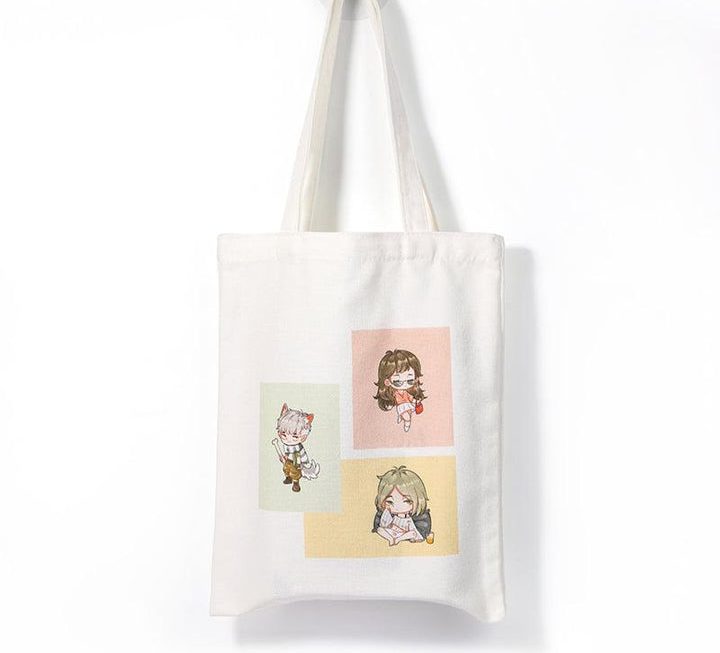The difference between various materials that can be utilized for interior and exterior company signage can be significant. What might work well inside, may not be an ideal choice outside. Consider it to be similar to the furniture you own in your home. Both plastic garden chairs and recliners are inappropriate for the patio and the living room, respectively.
A wider selection of materials may be used for interior signs because of less humidity and moisture. Exterior signage is exposed to harsh weather elements, and temperatures can range from -20° evenings in the winter to 100° hot summers. Therefore, the materials you can use are severely limited when there is precipitation and wind.
Interior Corporate Signage
As previously mentioned, there are a lot of versatile materials that can be utilized for interior signs. Aluminum or stainless steel are some of the most excellent choices for interior materials. If you give it some thought, almost everything can be put to use if you have the funds and the space.
Even the backgrounds of signs use plants. A “living” or “green” wall comprises plants that serve as the background for business logos or any other info that the owner wishes to display. It creates a pretty interesting juxtaposition between the signage and the various green hues and textures.
To know more about what material to use, here are some types of materials perfect for indoor corporate signs.
If you need to create a makeshift sign or display that still looks professional, foam core is the ideal material to choose. It is used to create customized signage, easel signs, point-of-purchase displays, kiosks, and more. It is made out of a polystyrene foam core that is layered on both sides with glossy paper stock.
This sturdy material is very affordable and lightweight. Foamcore is an excellent material for short- or medium-term use, but because it is constructed of foam and paper, it can also be damaged quickly. It is frequently utilized for meetings, trade exhibitions, conferences, seminars, and other occasions. Retailers might even use it to boost sales or briefly advertise a new product. Consider using foam core if you need a temporary material with a clean image that comes at a low cost.
Another excellent material for interior signage is glass. In reality, by adding graphic design to the glass that already exists in your facility, you may transform it into an attractive sign or decorative feature. You may also hear that these sorts of components are referred to as privacy glass, decorative windows, architectural glass, etched glass, and frosted glass among other names.
And lastly, while it may not be common knowledge, fabric materials can also be used to make striking signage. Given that fabric graphic screens may be attached to a variety of display pieces, including counters, kiosks, and back walls, this kind of sign is particularly popular at trade exhibitions and other events.
Given that they are frequently a component of a display that is simple to install and disassemble as needed, fabric graphics are excellent for events. Nevertheless, you may also utilize these kinds of displays in a shop, workplace, or other institutions. They let you display beautiful graphics, plus they are lightweight and inexpensive. A cloth graphic panel might shine even more if it has a backlight.
Exterior Corporate Signage
The type of materials that can be used for exterior signs is very minimal. You can go with other common material choices in regions without significant seasonal fluctuations or temperature variation. Even if there are just a few materials that can be used to create external signs, with innovative design and quality construction, you can still get a sign that is both eye-catching and long-lasting.
In the sign business, aluminum is typically the most commonly used material. It is perfect for external signs because it is sturdy and does not rust. Another great feature of aluminum is it has a ton of versatility! Letter sets, poles, frames, backers, and sign cabinets can all be made using it. Besides that, it can also be used as a pole wrapper for pylons, monuments, and other freestanding signage. Pole wrappers may be painted with textured coatings to resemble concrete or stucco, giving the impression that they are made of anything other than aluminum.
Another popular material used in making outdoor signage is stainless steel. However, signs made out of this are typically covered. For the inner structure of the majority of our monument and pylon signs, most companies use steel poles, plates, and angles. This material offers the sturdiness required to handle powerful wind forces.
Most backing and letter faces of routed aluminum faces are made of polycarbonate, commonly known as acrylic. Since they are transparent, light can pass through them and lighten up at night. The faces of the sign can also be covered in vinyl film to either give color to the faces or filter off the light.
Conclusion
While the choices in the materials needed to create a corporate sign available in the market are limitless, you still need to make sure that what you’re choosing will serve its purpose and will last longer depending on where you’ll install it. Additionally, think about the aesthetics of the sign. It should coordinate with your company, its products, as well as the interior style of your building.



